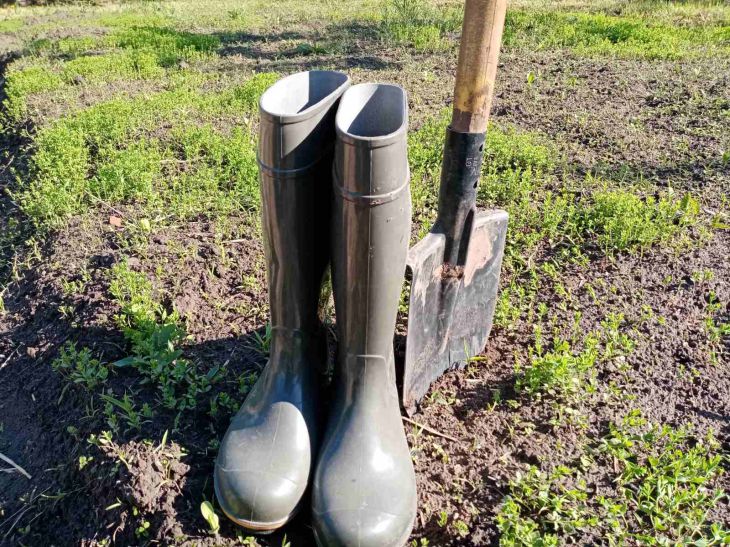What can you plant in your garden in July to have time to harvest?
In July, you can sow and plant a lot of early-ripening vegetables to harvest another crop in the fall.
Turnips, carrots, radishes, rutabagas, parsnips, beets and root parsley are already ripe in August, have reached their maximum size and are ready for harvesting.
Summer planting of greenery
• In July, borage is sown, but it must be sown in the shade, because in a sunny bed this greenery will produce flower stalks, bloom and become coarse.
• Sow dill every fifteen days from early spring until autumn. Dill seeds take a long time to germinate, so it is better to pour hot water over them before sowing and let them swell a little. Add a bucket of rotted humus and 1 tablespoon of nitrophoska per 1 square meter or any complex mineral fertilizer to the soil before planting.
• Sow watercress, which sprouts quickly, in 14 days.

• Leaf lettuce sprouts within a month. The shoots need to be thinned out so that the leaves do not stretch out, and most importantly, you need to water it on time.
• Spinach grows well in summer, it sprouts in 7 days, the main thing is to soak the seeds before sowing.
• Arugula sprouts even earlier, as early as the 5th-6th day. The main thing is to prepare a bed for it and put in a lot of fertilizer. Popular varieties of arugula are Rococo and Patience.
• Plant parsley and leeks in July, which will be fed with fresh herbs all autumn.
Summer planting of vegetables
• Radishes can be sown every 2 weeks all summer long, just add some nitrogen fertilizer.
• Daikon sown in July can be harvested in October and is stored well until April. Vegetables sown in July are less susceptible to turnip, cabbage moth and cruciferous flea beetles.
• Also, legumes such as beans, peas, and various beans are planted because they ripen quickly.
• Summer sowing of perennial crops.
In the lowlands they sow onions, batun, chives, sorrel and rhubarb.
Ideal predecessors for them can be early cucumbers, peas, dill, summer radish, potatoes. These perennial plants are mulched in the fall with peat or compost, the layer should be at least 5-7 cm.
Useful tips
1. It is better to give preference to varieties of hybrid growth form, they ripen much faster.
2. Select compatible plants and adhere to crop rotation.
3. Prepare the beds in advance, removing plant remains and weeds, loosen well, water and add fertilizer. This can be urea, superphosphate and potassium sulfate.
4. In summer, plants suffer greatly from lack of moisture, so before sowing seeds, they need to be soaked and germinated, and the furrows should be well watered before sowing.
5. For summer sowing of greens and vegetables, you do not need to occupy a large area. A small plot that will accommodate a variety of green and vegetable crops will be enough. With good and competent care, this plot will bring a lot of tasty vegetables and greens.
